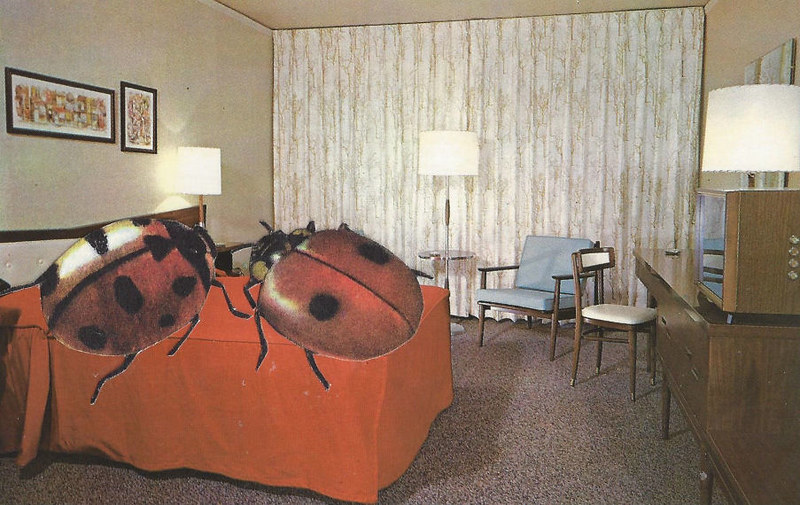
Bed bug is a small insect which is brown and oval in shape that survive with animal’s blood; including human.
How Do Bed Bugs Come?
Bed bugs enter houses through various means, for instance; by luggage, clothes, couches or “second-hand beds”. They tend to stay in cluster and hide in places where the can easily access blood, for example; in mattresses, bed frames, box springs or head boards. Having bed bugs does not symbolize dirtiness, they can attack both filthy and immaculate rooms in the name of searching blood as their only feed.
How Do Bed Bugs Feed?
Bed bugs are mainly active to biting night-time when people are asleep. Initially their bites are mostly painless, however, they turn to itchy welts later. Unlike some insects, bed bugs bite any part of the skin exposed to them.
They pierce animals’ skin using their elongated beak, draw blood for about three to ten minutes and moves away silently unnoticed once engorged.
How to Do Bed Bug Extermination
Getting rid of bed bugs needs patience because it may take a long time. So if one cannot manage the situation by themselves, they should call a professional exterminator to solve the issue.
Items encasement. Another more effective way to exterminate bedbug is to separate the bugs from the bed. Enclose the mattresses and box strings in a trapping fabric to prevent introduction of bedbugs inside from outside. Use zippered sheets specialized for this purpose. This encasement to be left untouched for at least a year. The encasement products are cheaper than frequent replacement of mattress. Encasement help in spotting the bugs by exposing their hiding areas preventing new mattresses being infested again.
Using traps. Homemade like the moat-style bed bug traps are more effective to isolate the bed. The bugs are intercepted between their areas of hiding and the host to bite. Also, ensure the bed linens are not touching the floor and the bed itself is not leaning to the wall to prevent them from reaching the blood on bed.
Heat. Bed bugs die when exposed to temperatures of above forty-five degrees Celsius for an hour. Hot water can be used to kill them on fabrics. At more than 140 degrees Fahrenheit (60 degrees Celsius), all bed bugs die at higher rate.
Cold. At lower temperatures below -18 degrees Celsius, will kill the insects. Four days are needed for cooling process to ensure that the cold is effective to all corners they hide.
Use of chemicals. Select chemicals which is approved and follow the instructions as given by the producer. Some the chemicals which may be used include:
Pyrethroids and pyrethrins from flowers of chrysanthemum.
Desiccants to dry bedbugs’ protective coating, for example; diatomaceous earth, silica aerogel (Tri-Die and CimeXa), boric acid. Desiccants work slowly but bedbugs can’t be resistant to these chemicals.
Bio chemicals, usually cold pressed neem oil.
Conclusively, exterminating bed bugs is possible and easy heaters by Pest Pro Thermal Getting rid of the bed bugs require both chemical and natural measures applied effectively.




